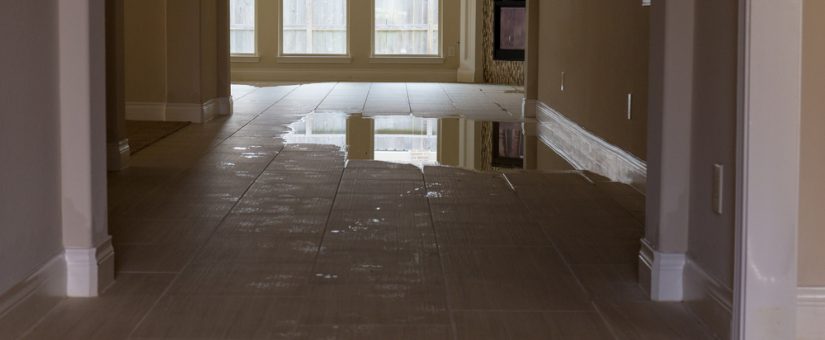Pinpoint Six of The Commonest Triggers for Leakage Within Your Home
Pinpoint Six of The Commonest Triggers for Leakage Within Your Home
Blog Article
We have discovered this post pertaining to How Fast Water Damage Can Ruin Your Home down the page on the internet and figured it made sense to talk about it with you on this page.
/GettyImages-957479686-f3d2e677f2e749fc98aa207b474c5c1f.jpg)
Leakages not only trigger waste of water yet can also trigger unneeded damages to your home as well as advertise unwanted organic growth. By recognizing and also looking for everyday situations that cause leaks, you can protect your home from future leaks and also unneeded damages.
Encroaching origins
The majority of water leakages start outside the home instead than inside it. You might observe damp patches or sinkholes in your lawn, as well as that could mean that tree roots are getting into water lines creating water to permeate out.
Rusty water systems
This could be the reason of staining or bending on your water pipes. If our plumbing system is old, consider changing the pipelines given that they are at a higher risk of corrosion than the newer versions.
Faulty Pipe Joints
Pipeline joints can deteriorate over time, resulting in water leaks. If you have loud pipelines that make ticking or banging noises, especially when the hot water is transformed on, your pipeline joints are most likely under a lot of stress.
Instantaneous temperature changes.
Extreme temperature changes in our pipelines can trigger them to broaden as well as contract all of a sudden. This development and tightening may create fractures in the pipes, especially if the temperature level are listed below freezing.
Poor Water Connectors
At times, a leakage can be triggered by loosened pipes and pipelines that supply your devices. Most of the time, changing is what triggers the loosened water Connections. You could discover when it comes to a washing equipment, a hose pipe may spring a leak due to shaking throughout the spin cycle. In case of a water connections leak, you may discover water running straight from the supply line or pools around your devices.
Clogged Drains
Blocked drains pipes could be aggravating as well as inconveniencing, yet they can in some cases end up triggering an overflow bring about burst pipes. Keep removing any type of products that might decrease your drains pipes that could block them to prevent such aggravations.
All the above are sources of leakages however not all water leakages result from plumbing leaks; some leaks might come from roofing leaks. All leakages ought to be fixed promptly to avoid water damages.
Leakages not only cause waste of water yet can likewise create unnecessary damages to your house and also promote undesirable natural growth. By recognizing and looking for daily scenarios that cause leaks, you can secure your home from future leaks as well as unneeded damages. Today, we will certainly look at six leak triggers that might be causing your pipelines to leak.
At times, a leakage can be created by loosened hoses and pipes that supply your appliances. In case of a water connections leak, you may notice water running directly from the supply line or puddles around your appliances.
How To Check For Water Leak In Your Home
How To Check for Leaks
The average household's leaks can account for nearly 10,000 gallons of water wasted every year and ten percent of homes have leaks that waste 90 gallons or more per day. Common types of leaks found in the home are worn toilet flappers, dripping faucets, and other leaking valves. These types of leaks are often easy to fix, requiring only a few tools and hardware that can pay for themselves in water savings. Fixing easily corrected household water leaks can save homeowners about 10 percent on their water bills.
To check for leaks in your home, you first need to determine whether you're wasting water and then identify the source of the leak. Here are some tips for finding leaks:
Take a look at your water usage during a colder month, such as January or February. If a family of four exceeds 12,000 gallons per month, there are serious leaks.
Check your water meter before and after a two-hour period when no water is being used. If the meter changes at all, you probably have a leak.
Identify toilet leaks by placing a drop of food coloring in the toilet tank. If any color shows up in the bowl after 10 minutes, you have a leak. (Be sure to flush immediately after the experiment to avoid staining the tank.)
Examine faucet gaskets and pipe fittings for any water on the outside of the pipe to check for surface leaks.
Undetected water leaks can happen without the home or business owner even realizing. If you suspect a water leak, but not able to find the source. It is time to contact a professional water leak detection service, The Leak Doctor.
How To Find a Water Leak In Your Home
https://www.leakdoctor.com/blog/How-To-Check-For-Water-Leak-In-Your-Home_AE197.html

We had been made aware of that editorial on Common Water Leaks In House through someone on a different domain. Sharing is good. Who knows, you could be helping someone out. Many thanks for your time invested reading it.
Need fast plumbing resolution? Call. Report this page